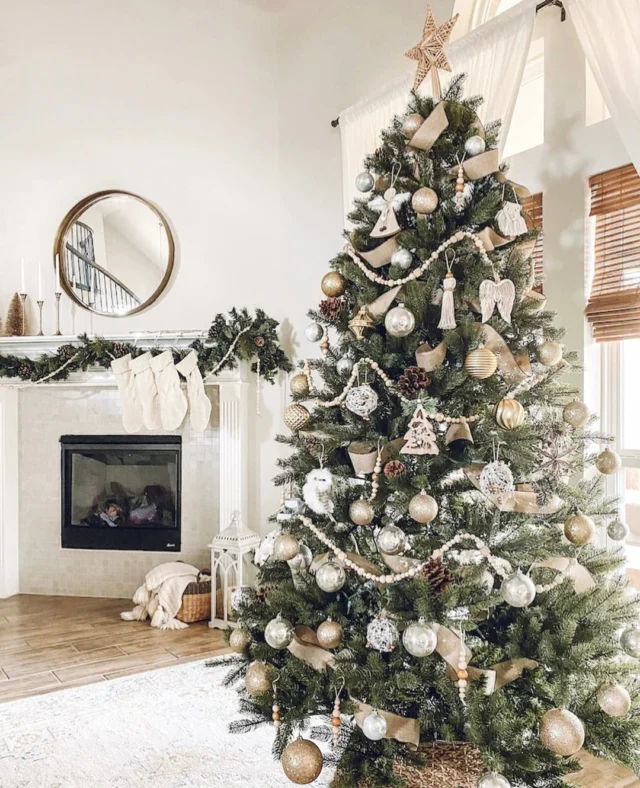Lawns are important components of most East End landscapes – a lush green lawn has been a classic component of East End properties for a long time. An expanse of green lawn provides a feeling of space, a backdrop for beds of flowers and other ornamental plants, an anchor for trees and shrubs, a place for outdoor enjoyment – a place to relax in lawn chairs, for kids to play, etc. Green is a restful color, visually, and encourages relaxation outdoors. We love our lawns, but lawns require maintenance – lots of it, regularly. Their high maintenance needs – mowing, fertilizing, de-thatching, de-weeding – are expensive, and runoff from fertilizers can find its way into our bays and creeks and pose a threat to the eel grass and other plants needed for our sea life to thrive. Those emerald swards are beautiful, essential to many East End homes. East Enders are not likely to give up our lawns. Bur there are places in the landscape where more environmentally friendly – and beautiful and interesting – lower maintenance plants can cover the ground. If you don’t want to see bare soil under trees and shrubs, instead plant low growing, spreading plants known in horticultural circles as groundcovers.
An argument can be made that lawns take time, energy and money to look good, along with lots of water, which can be problematic during dry summers. Another issue is the runoff from high-nitrogen fertilizers that finds its way into our bays and water ways, and possibly harming bay scallops and other sea life. Fertilizers are not the only cause of nitrogen pollution – septic systems are also a huge problem. East Enders are not likely to give up their lawns anytime soon, but we can consider downsizing them. And there are places in our landscapes where a lawn is just not the best solution, but alternative plants can cover the ground, and they’re especially useful in situations where lawn grass can’t thrive without lots of expensive maintenance.
Groundcover plants can fill space in a low-maintenance way – you don’t have to mow them, for one thing. They can grow in places where it can be difficult to mow grass, such as on a slope. Groundcovers are great around a patio, for instance, where they can make a visual transition between pavement and lawn.
Groundcovers are far more than ivy and pachysandra and vinca. A surprising number of plants make interesting, attractive groundcovers. There are groundcovers for wet or dry soil, sunny or shady locations. There are plants with green, colored or variegated (multi-colored) foliage, plants with flowers in a host of colors, and some that reward you with colorful berries. You can choose trailing vines, spreading ornamental grasses (but not running types of bamboo which can easily get out of control), low horizontal shrubs or taller spreading plants like daylilies. You can plant a carpet of herbs, or put them between stepping stones in a path, to release fragrance with every step. There are groundcovers to fill visual space, and others that can take foot traffic.
Here are some groundcovers to try:
English ivy, pachysandra and vinca work well and can grow almost anywhere, but they can be invasive and there are lots more options.
Ceratostigma, or plumbago, bears clusters of cobalt blue flowers mid to late summer into fall.
Ajuga, bugleweed, has clusters of little lavender-blue flowers in spring.
Epimedium bears red, white or violet flowers amid leaves divided into heart-shaped leaflets in late spring.
Alchemilla, lady’s mantle, has grayish green leaves and sprays of tiny greenish yellow flowers in spring.
Galium, sweet woodruff, has whorls of narrow leaves, and clusters of tiny white flowers in spring.
Hostas, classics for shady gardens, come in many sizes, leaves with yellow, gold, white or chartreuse, white or lavender flowers and are lovely massed in the shade. Don’t plant where deer could reach them.
Liriope, lilyturf has grassy blue-green leaves and late summer spikes of tiny purple flowers.
For gardens near the ocean, shore juniper is a mat-like evergreen that spreads its bluish green needle like leaves out over the ground. A tough plant for seaside gardens, it tolerates salt spray.











![Ring in the New Year at @calissahamptons, where the Hamptons meets unparalleled celebration 🥂 Indulge in Mediterranean elegance, sip bubbly under the twinkle of chandeliers, and toast to 2025 with effortless style. This is the NYE party you won’t want to miss! [link in bio]](https://hamptonsrealestateshowcase.com/wp-content/uploads/sb-instagram-feed-images/471814094_670589388645280_7484117556192154580_nfull.webp)
![Start the new year in paradise! Turks & Caicos is calling, with its soft white sandy beaches, crystal-clear waters, and vibrant marine life. Stay at the luxurious @bluehaventci, an all-inclusive escape featuring spacious suites, three bars, two restaurants, a spa, and access to snorkel gear, kayaks, and paddleboards. [link in bio]](https://hamptonsrealestateshowcase.com/wp-content/uploads/sb-instagram-feed-images/470951710_945855790801898_1170969032322633874_nfull.webp)
![Fall in love with this spectacular designer dream estate, located on one of Remsenburg’s most prestigious streets with lush landscaping allowing for total privacy and a truly special environment. The 8 bed, 8.5 bath main house was recently restored and renovated to a complete state of opulence and grandeur. Represented by @theenzomorabito of @douglaselliman. [link in bio]](https://hamptonsrealestateshowcase.com/wp-content/uploads/sb-instagram-feed-images/471561144_18482666065030135_3716202242039298473_nfull.webp)


![@townandcountryrealestate with multiple locations across the East End, has announced their strategic partnership with @williamraveis, the number one privately held real estate company in the Northeast, Florida, and South Carolina! The Town & Country offices will be joining forces with William Raveis’ growing network of over 140 offices, and 4,500 agents from Maine to Florida. Likewise, William Raveis, gains a foothold within the greater Hamptons, North Fork, and Montauk luxury marketplace. [link in bio]](https://hamptonsrealestateshowcase.com/wp-content/uploads/sb-instagram-feed-images/470919116_563973243070444_7493774474958722930_nfull.webp)
![This year, consider a perishable — but highly irreplaceable — holiday gift for the cook in your life! At @redhorse.market, in East Hampton, mozzarella is made fresh daily. The market also sells pastas, sauces, and pizza dough, and has their own top-tier butcher. [link in bio]](https://hamptonsrealestateshowcase.com/wp-content/uploads/sb-instagram-feed-images/471327512_930524115350282_2697959535619497748_nfull.webp)

